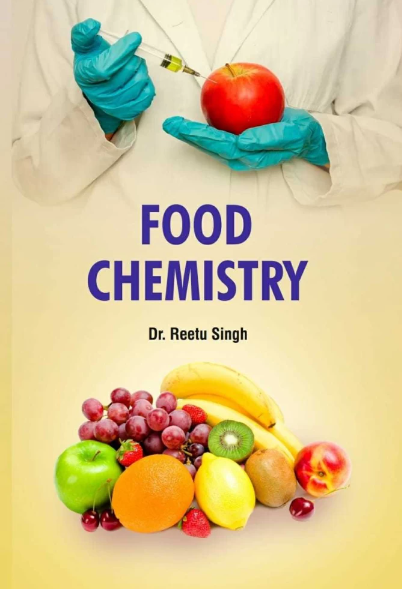Boosted photoelectrochemical sensor for methyl parathion detection in vegetables based on covalent organic frameworks@Bi2WO6 quantum dots nanocomposites grafted electron donor–acceptor molecularly imprinted polymers
IF 8.5
1区 农林科学
Q1 CHEMISTRY, APPLIED
引用次数: 0
Abstract
An ultrasensitive and selective photoelectrochemical (PEC) sensor for methyl parathion (MP) determination was exploited by using Bi2WO6 quantum dots (QDs)/Wurster-type covalent organic frameworks (COFs) heterostructure grafted electron donor-acceptor molecularly imprinted polymers (MIPs). Bi2WO6 QDs/COFWOTA composites were used as the photoelectrically active material and MIPs were electrochemically deposited on them with MP and p-aminothiophenol acting as the electron acceptor and donor, respectively. Owing to the boosted charge transfer efficiency and enhanced photoelectric currents by the Bi2WO6 QDs/COFWOTA composites, as well as the high specificity provided by the combination of the donor-acceptor mechanism and molecular imprinted technology, the designed sensor achieved a linear range from 10.0 fmol L−1 to 1.0 nmol L−1and an extremely low detection limit of 1.096 fmol L−1. Moreover, it showed good reliability and practicability in real samples assay. This study expanded the application of PEC sensors in food safety risk monitoring.

基于共价有机frameworks@Bi2WO6量子点纳米复合材料接枝电子给受体分子印迹聚合物的蔬菜甲基对硫磷增强光电传感器
利用Bi2WO6量子点(QDs)/ wurster型共价有机框架(COFs)异质结构接枝电子给受体分子印迹聚合物(MIPs),开发了一种用于甲基对硫磷(MP)检测的超灵敏、选择性光电化学(PEC)传感器。以Bi2WO6 QDs/COFWOTA复合材料为光电活性材料,以MP和对氨基噻吩分别作为电子受体和给体,在其上电化学沉积mip。由于Bi2WO6 QDs/COFWOTA复合材料提高了电荷转移效率和光电电流,以及供体-受体机制和分子印迹技术相结合提供的高特异性,所设计的传感器的线性范围为10.0 fmol L−1 ~ 1.0 nmol L−1,检测限极低,为1.096 fmol L−1。该方法在实际样品分析中具有良好的可靠性和实用性。本研究拓展了PEC传感器在食品安全风险监测中的应用。
本文章由计算机程序翻译,如有差异,请以英文原文为准。
求助全文
约1分钟内获得全文
求助全文
来源期刊

Food Chemistry
工程技术-食品科技
CiteScore
16.30
自引率
10.20%
发文量
3130
审稿时长
122 days
期刊介绍:
Food Chemistry publishes original research papers dealing with the advancement of the chemistry and biochemistry of foods or the analytical methods/ approach used. All papers should focus on the novelty of the research carried out.
 求助内容:
求助内容: 应助结果提醒方式:
应助结果提醒方式:


